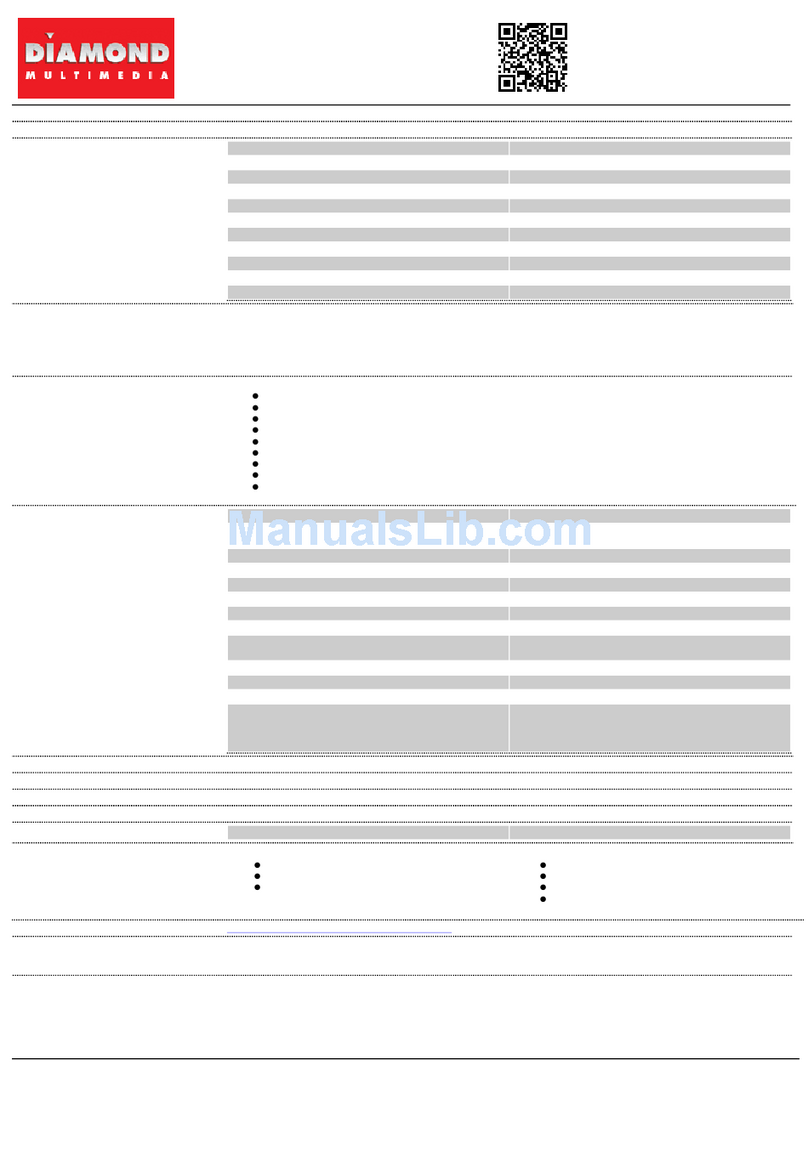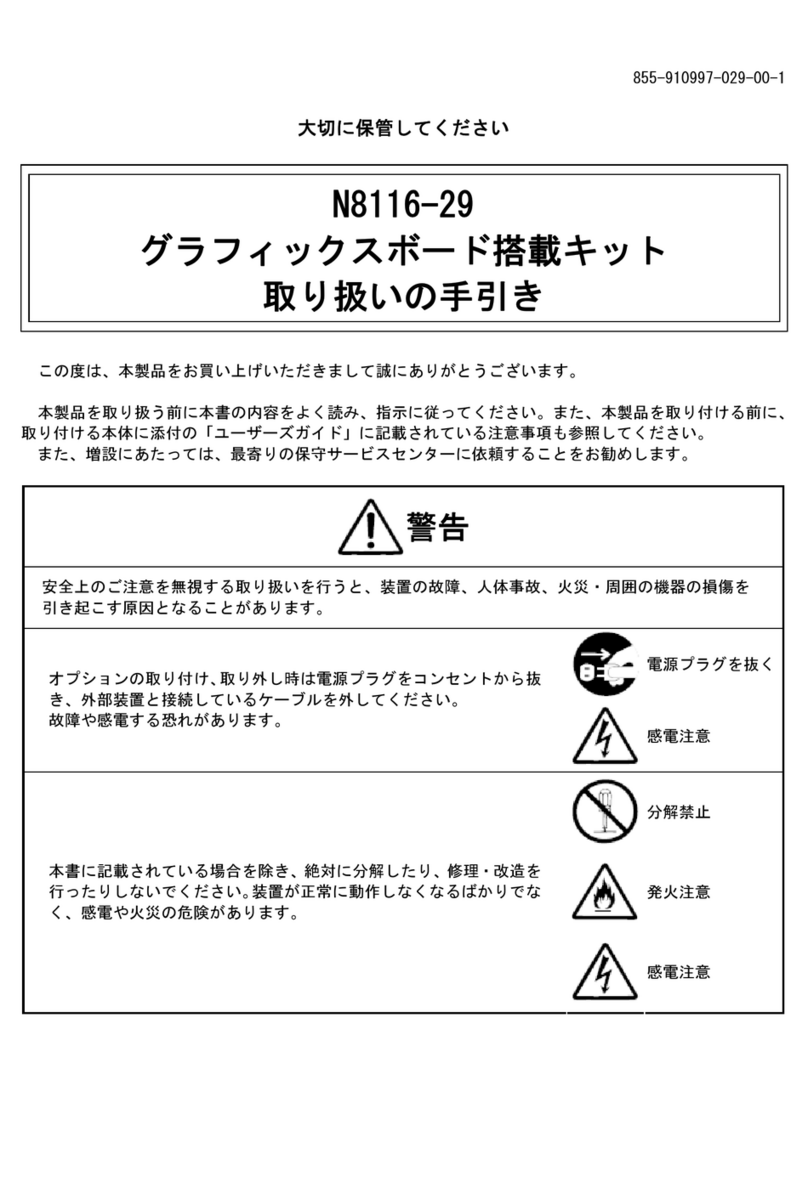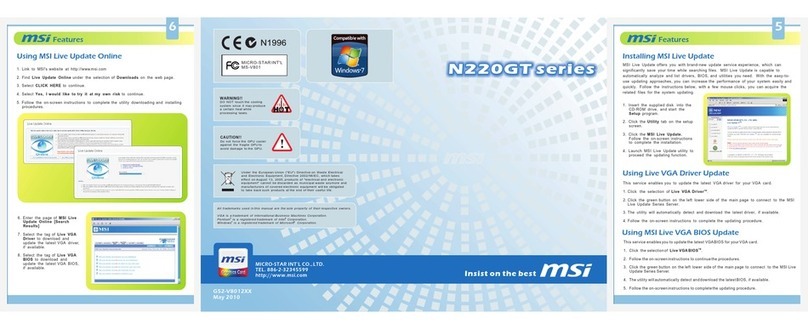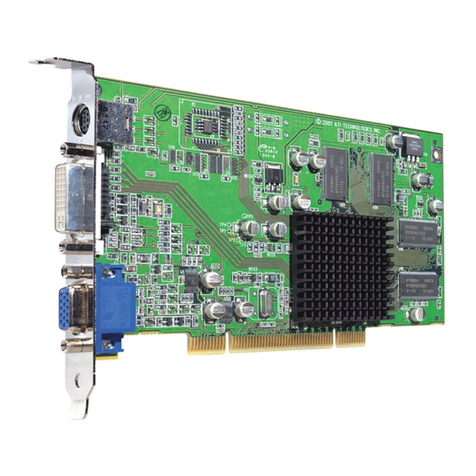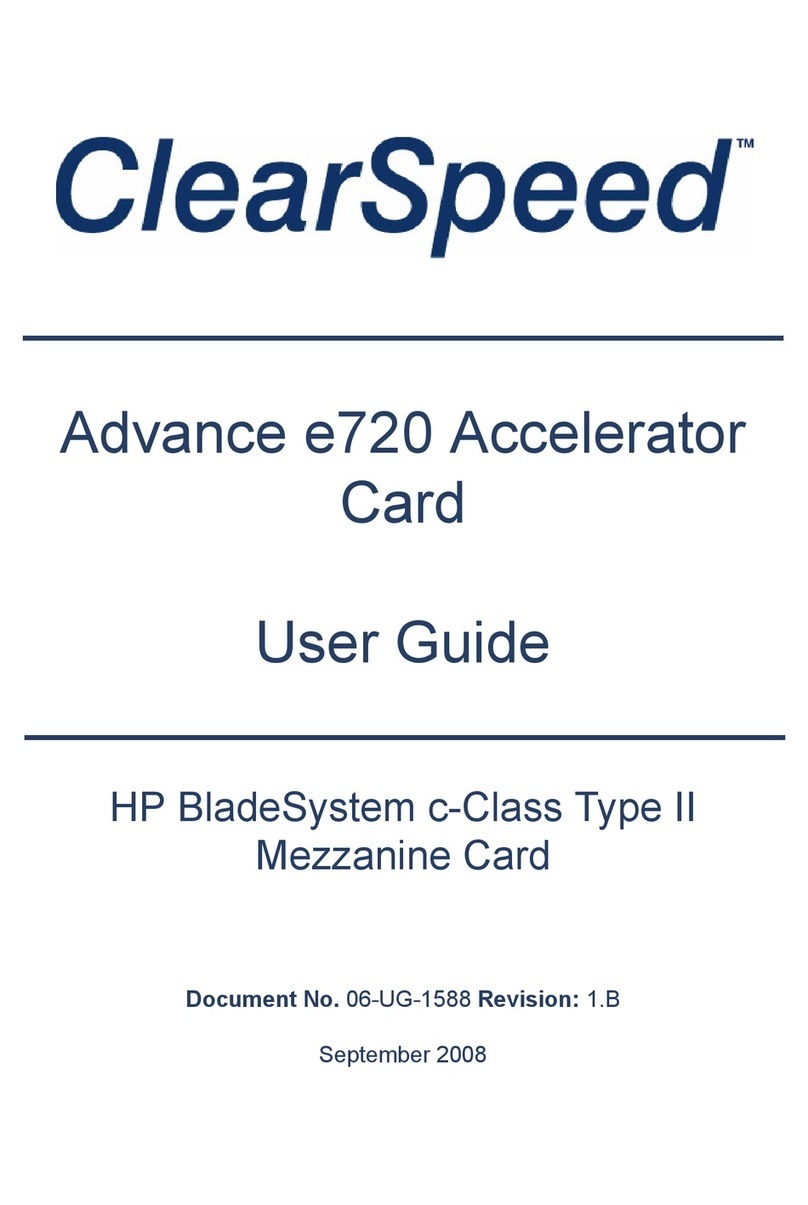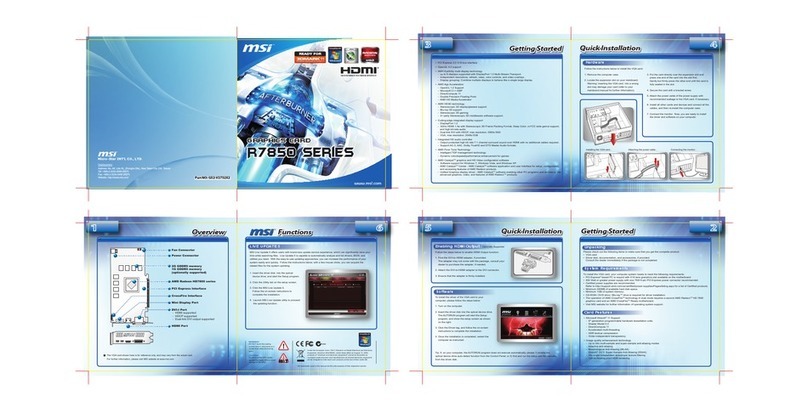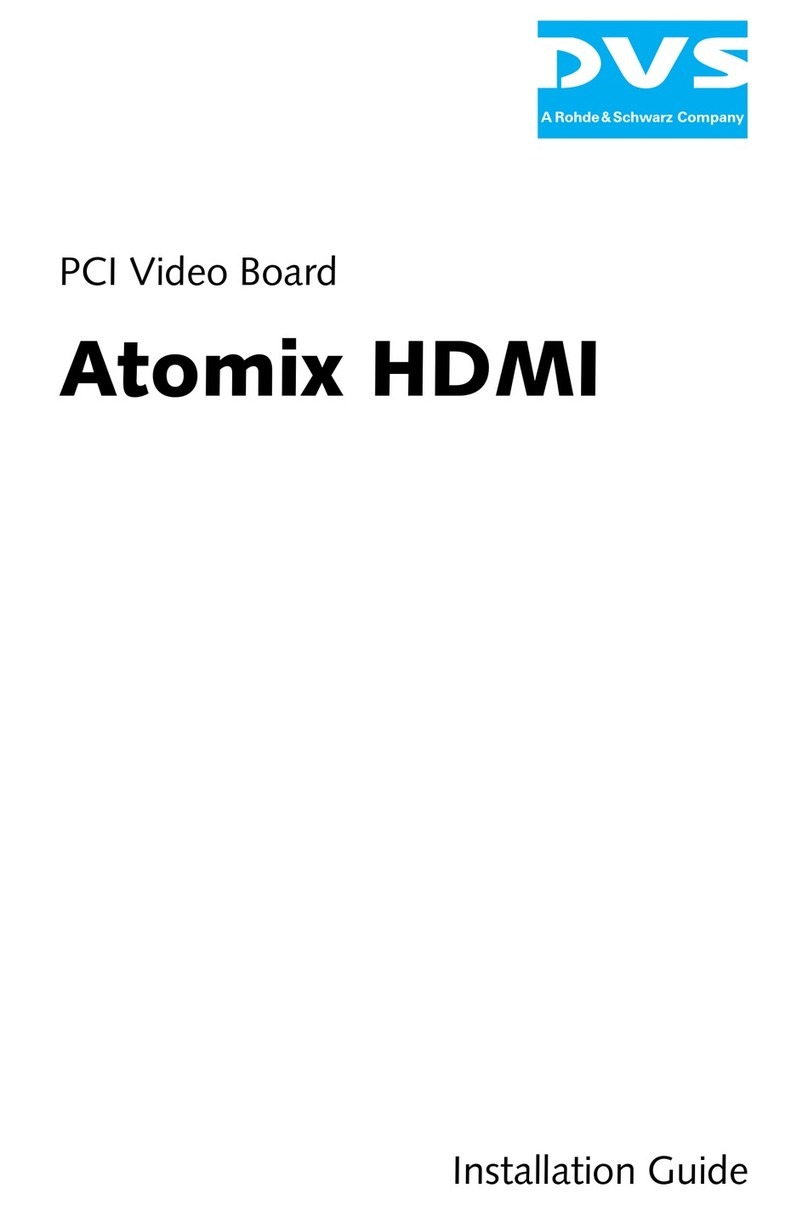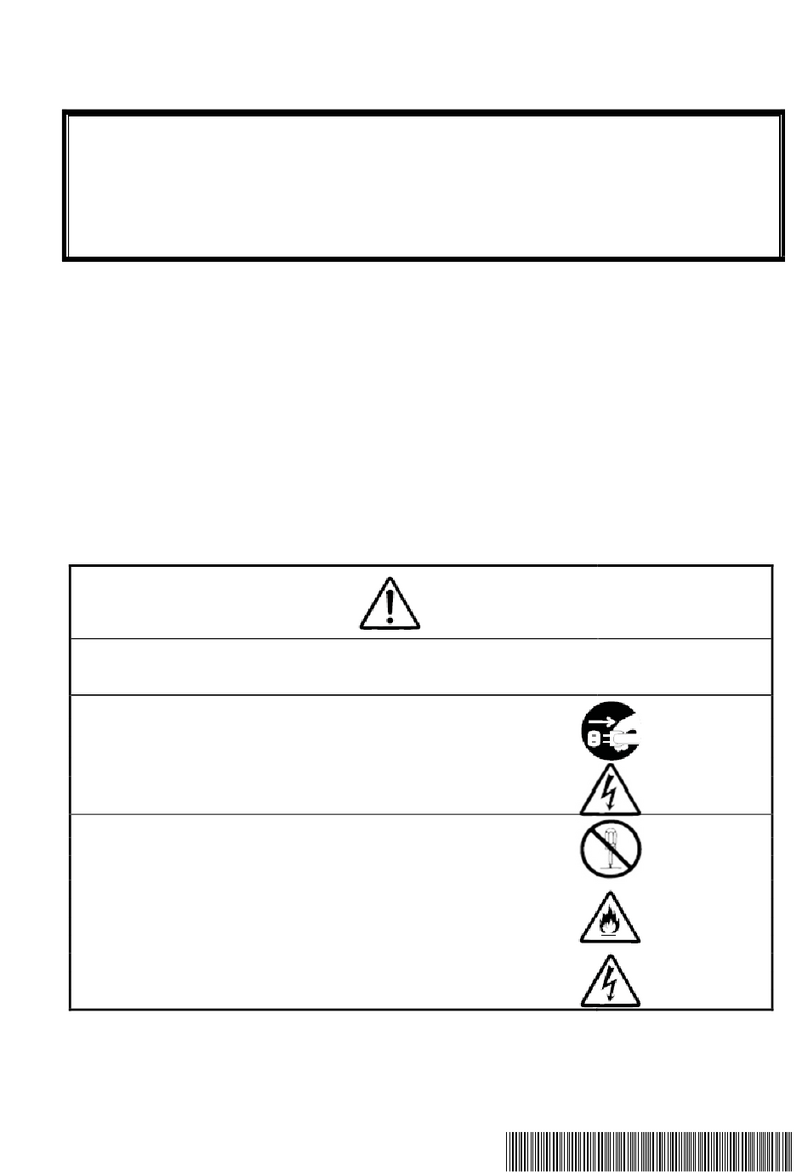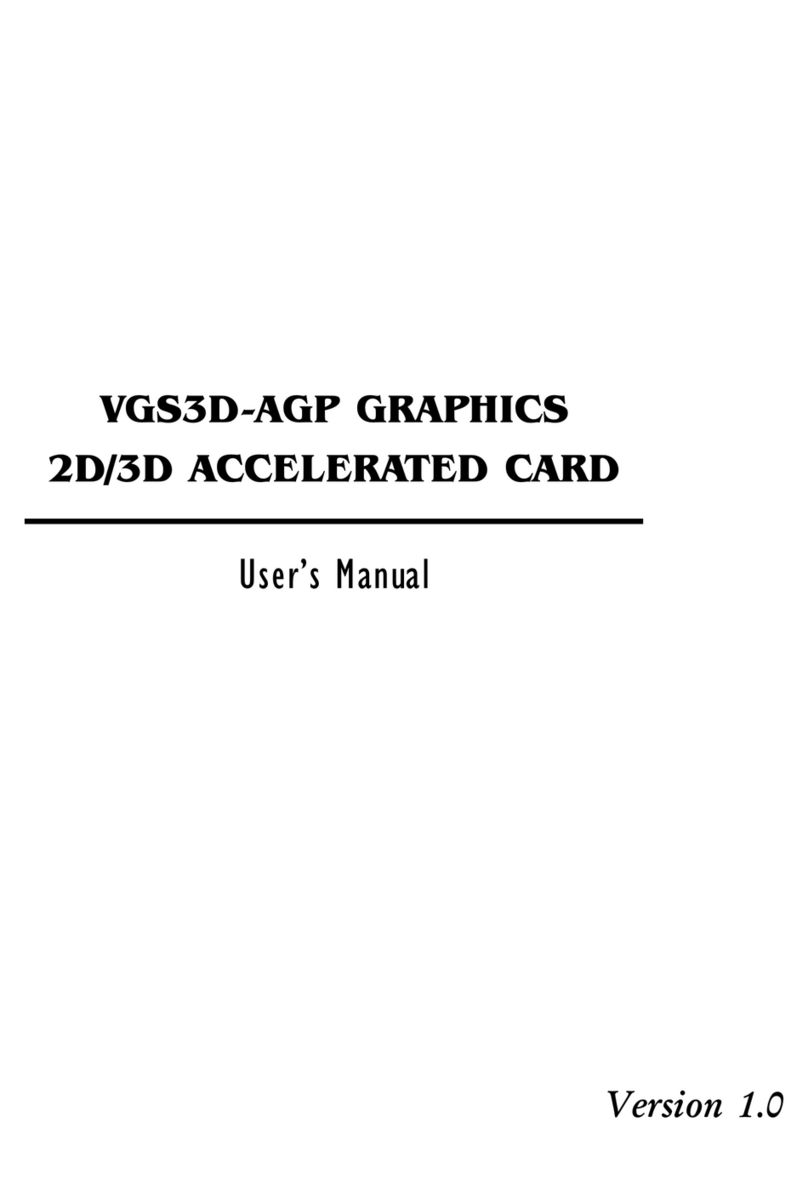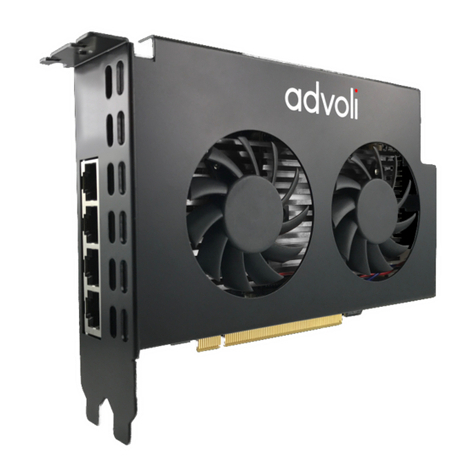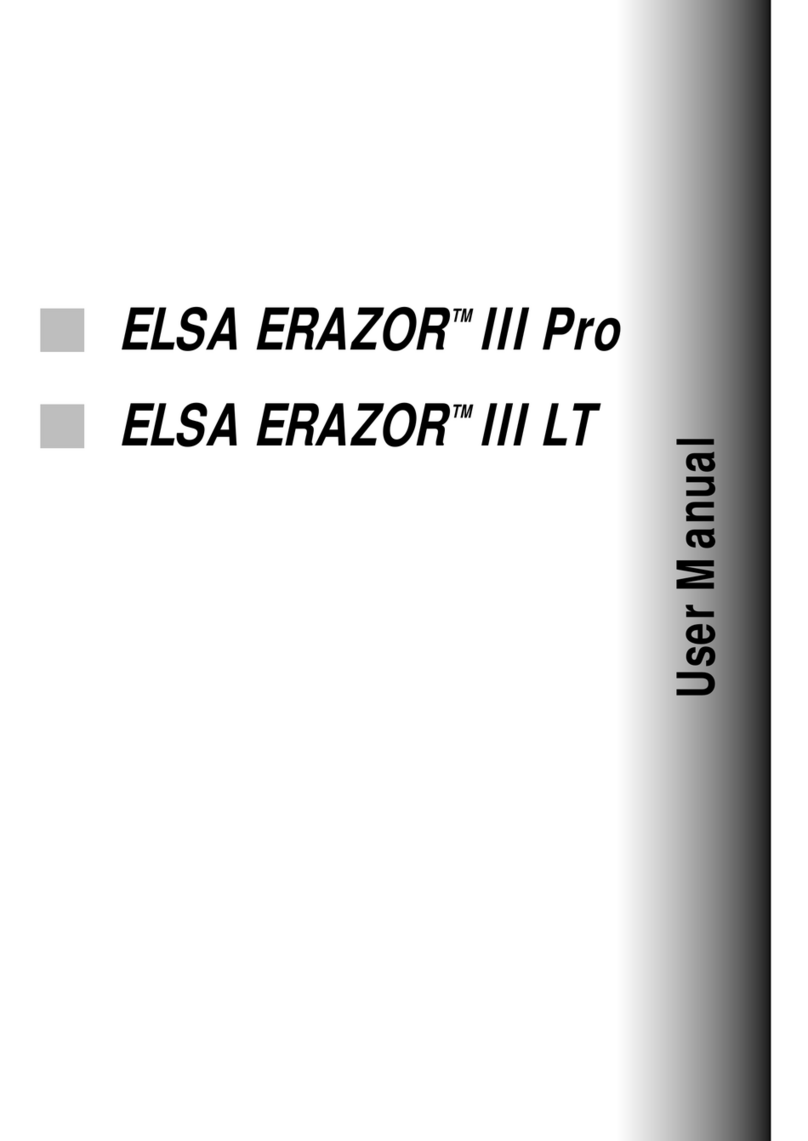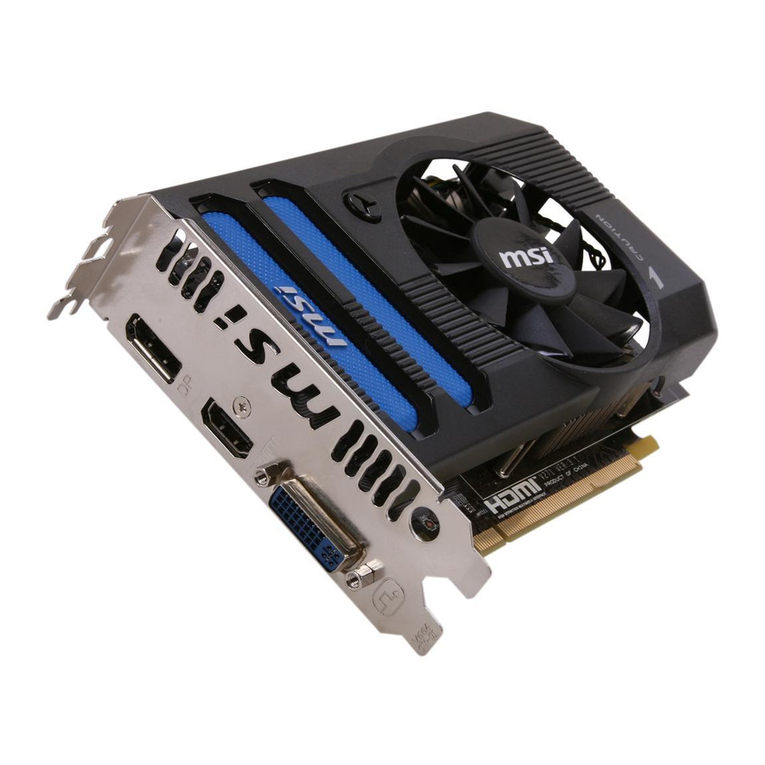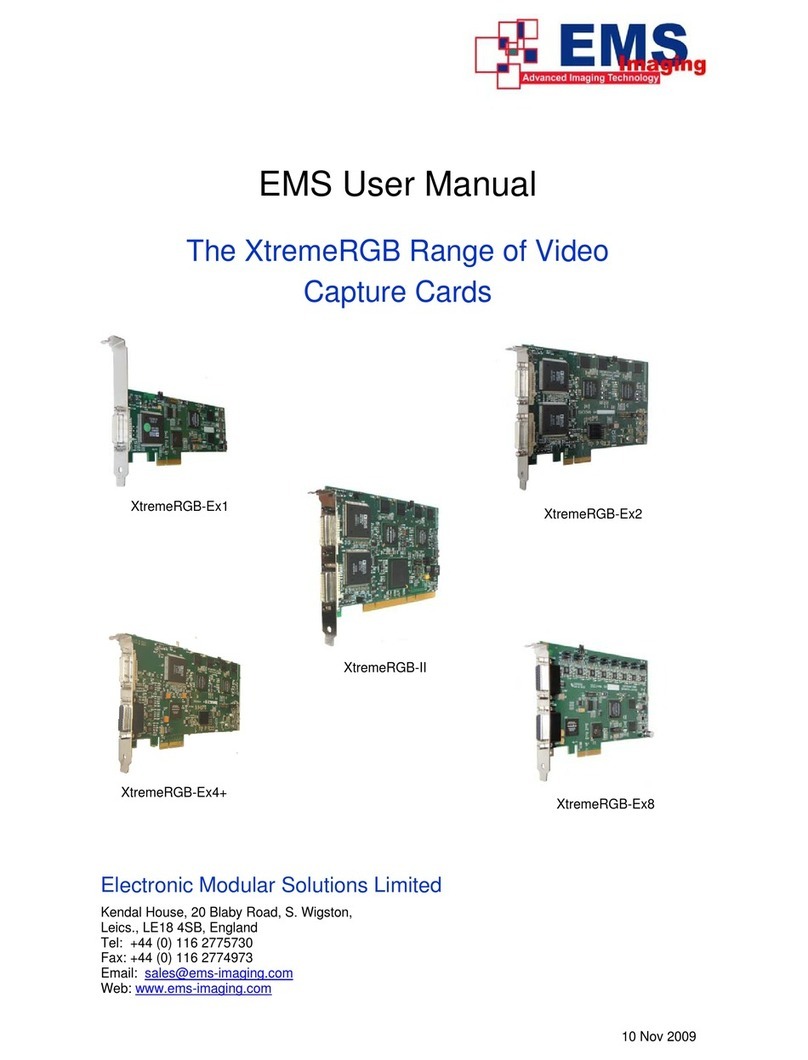System Requirements
•Windows 95 or Windows 98 (Windows NT4.0 for 2D benchmark test)
•
PC with a Pentium, Celeron ™, Pentium II, or Pentium Pro Processor (Pentium 233 and up
recommended), AMD K6-2, K6-3 with 3DNow! and a free AGP or PCI slot.
•32MB of system RAM (64MB recommended)
Display Mode Table: Driver Modes for Win95, Win98, WinNT, and Win2000
Resolution Vertical Frequency
(Hz)
Color
Depth
Comments
320x200 70,85 8,16 Ddraw, SW D3D only, No Desktop Support: WHQL
Requirement
320x240 60,70,75,85 8,16 Ddraw, SW D3D only, No Desktop Support: WHQL
Requirement
400x300 60,70,75,85 8,16 Ddraw, SW D3D only, No Desktop Support: WHQL
Recommended
512x384 60,70,75,85 8,16 Ddraw, SW D3D, D3D, Glide, OGL HW Accel, No
Desktop Support: WHQL Recommended
640x400 70,85 8,16 Ddraw, SW D3D, D3D, Glide, OGL HW Accel, No
Desktop Support: WHQL Requirement
640x480 60,72,75,85,100,
120,140,160
8,16,24,32 Desktop, Ddraw, D3D, Glide, OGL HW Accel(less
24,32 bit color), TV Out support: NTSC and PAL
720x400 60,72,85 8,16,24,32 VIDEO ONLY Ddraw only: Video, No Desktop
support
720x480 60,72,85 8,16,24,32 VIDEO ONLY Ddraw only: Video, No Desktop
support, WHQL Requirement
720x576 72,100 8,16,24,32 VIDEO ONLY: Ddraw only: Video, No Desktop
support, WHQL Requirement (PAL)
800x600 60,72,75,85,100,
120,140,160
8,16,24,32 Desktop, Ddraw, D3D, Glide, OGL HW Accel(less
24,32 bit color), TV OUT support: NTSC and PAL
920x768 60,75,85 8,16 Desktop, Ddraw, D3D, Glide, OGL HW Accel(less
24,32 bit color)
1024x768 60,70,75,85,100,
120
8,16,24,32 Desktop, Ddraw, D3D, Glide, OGL HW Accel(less
24,32 bit color)
1152x864 60,70,75,85,100,
120
8,16,24,32 Desktop, Ddraw, D3D, Glide, OGL HW Accel(less
24,32 bit color)
1280x960 60,75,85 8,16 Desktop, Ddraw, D3D, Glide, OGL HW Accel(less
24,32 bit color)
1280x1024 60,75,85,100 8,16,24,32 Desktop, Ddraw, D3D, Glide, OGL HW Accel(less
24,32 bit color)
1600x1024 60,76,85 8,16,24,32 16x10 Aspect Ratio
1600x1200 60,65,70,75,80,
85,100
8,16,24,32 Desktop, Ddraw, D3D, Glide, OGL HW Accel(less
24,32 bit color)
1792x1344 60,75 8,16,24,32 Desktop, Ddraw
1856x1392 60,75 8,16,24,32 Desktop, Ddraw
1920x1080 60,72,75,85 8,16,24,32 16x9 Aspect Ratio
1920x1200 60,76,85 8,16,24,32 16x10 Aspect Ratio
1920x1440 60,75 8,16,24,32 Desktop, Ddraw
2046x1536 60,75 8,16,24,32 Desktop, Ddraw, 75Hz and 85Hz (Voodoo3 3000
only with 350MHz RAMDAC)
•Note: All refresh rates supported by Voodoo3 3000 unless otherwise noted.
•Note: All refresh rates greater than 85Hz will use pre-calculated GTF timings.
